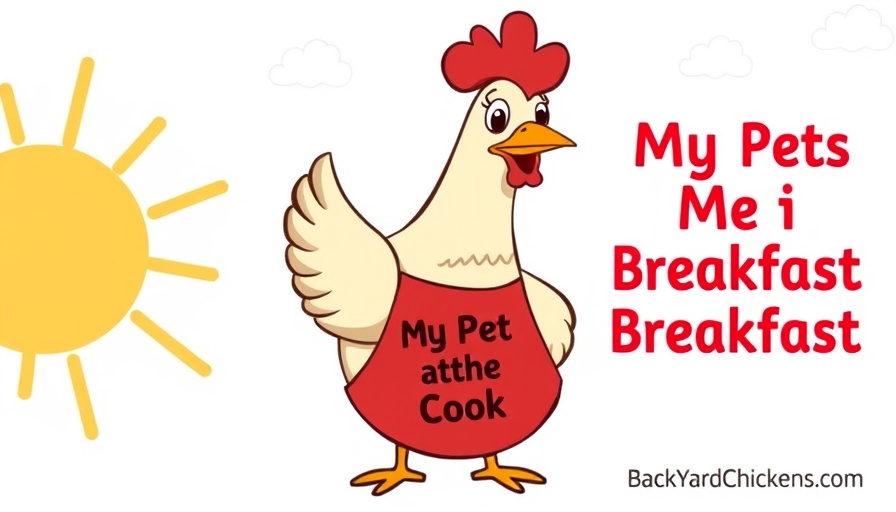
Understanding Rooster Dynamics in a Hen House
When it comes to backyard poultry management, the age-old question often arises: Is two roosters one too many for a flock of hens? This query resonates among chicken owners who want to ensure harmony in their aviary environment while maximizing breeding potential. Balancing the roosters' roles with those of their hens is paramount for both health and productivity.
The Balance of Roles
In a healthy flock, a 1:10 rooster-to-hen ratio is typically recommended; however, two roosters for 13 hens can create challenges. Multiple roosters may lead to aggressive mating behavior. While some owners might see an advantage in having two males—such as protection and increased chances of fertilization—this can quickly turn into chaos if dominance issues arise. It’s essential to monitor them closely as the pecking order establishes itself, which can be both fascinating and concerning.
Impacts on Health and Stress Levels
The dynamics of having multiple roosters can also influence the overall health of your flock. Increased stress from constant competition can lead to reduced egg production and lower overall health in hens. Hens that are excessively pursued may show signs of stress, which could manifest in behavioral changes or health issues. Therefore, understanding these affects is crucial in deciding the right number of roosters to maintain in a diverse flock.
Playing It Safe: Observations and Adjustments
Ultimately, the perception of whether two roosters are one too many may vary significantly among poultry enthusiasts. The key lies in keen observation; monitor their interactions and egg production closely. If stress is observed or egg numbers decline, re-evaluating the presence of a second rooster may be necessary. It's always better to err on the side of caution rather than risk an unmanageable situation in your coop.
In summary, while two roosters can manage in a flock of 13 hens, be prepared to implement adjustments if aggressive behaviors surface among your birds. Every flock is unique, and finding the right balance will lead to a healthier and more productive breeding environment.
 Add Row
Add Row  Add
Add 




Write A Comment